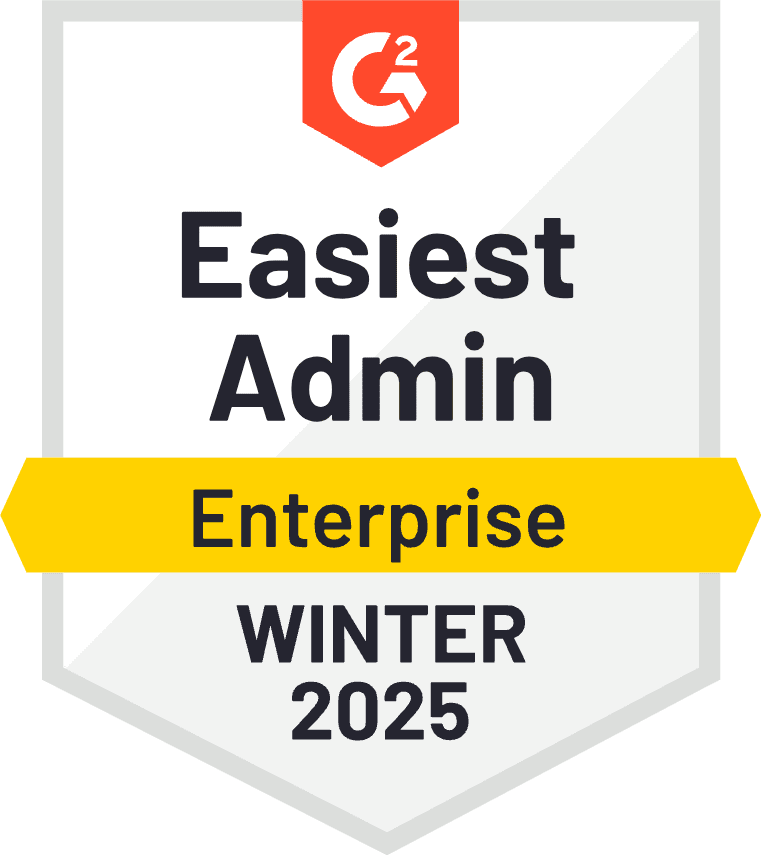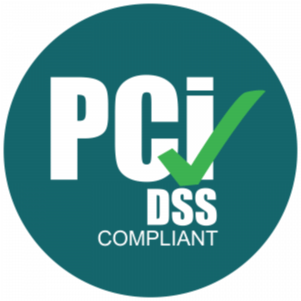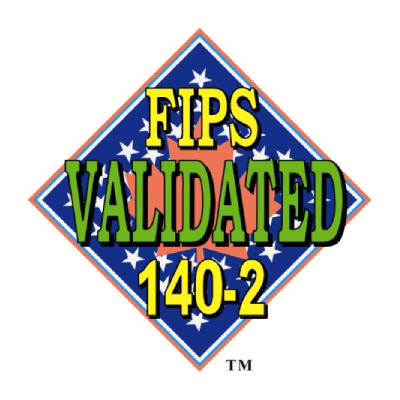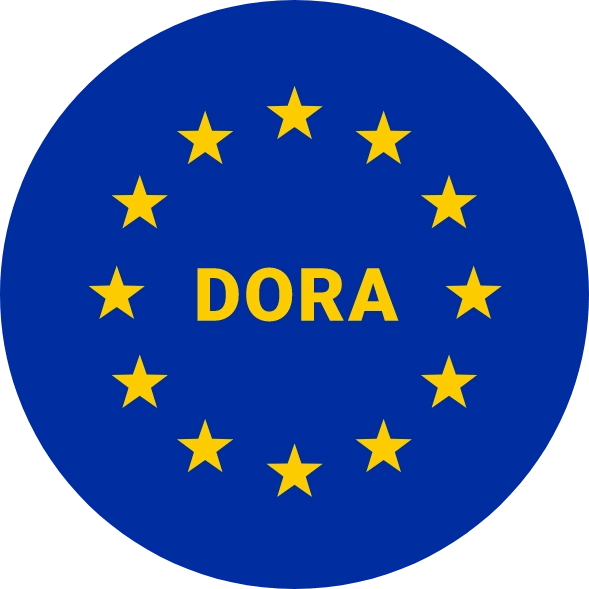Posted by Joyce Ling
December 12, 2024
Introduction to Secrets Management for Compliance
Regulatory compliance is no longer optional; it’s a necessity for any organization operating in today’s complex digital landscape. Yet achieving compliance can feel daunting—especially when it involves meeting the stringent requirements of frameworks like the Digital Operational Resilience Act (DORA), Cloud Computing Compliance Controls Catalog (C5), and Network and Information Systems Directive (NIS2). If you’re responsible for ensuring your organization stays compliant, you already know how crucial secrets management is. Passwords and credentials, API keys, encryption keys—collectively called “secrets”—are at the heart of your IT and cloud environments. Mismanagement of these secrets can leave you vulnerable to security breaches and compliance violations. In this post, we’ll explore secrets management for compliance and provide actionable advice to simplify the process.
Understanding the Frameworks
Let’s start by breaking down the compliance requirements these frameworks enforce:
- DORA (Digital Operational Resilience Act)
If you’re part of a financial institution in the EU, DORA is coming your way in January 2025. This regulation demands that firms build robust ICT risk management practices, covering proactive defense, rapid incident reporting, and effective mitigation strategies. The goal? To ensure operational resilience in an increasingly digital economy. - C5 (Cloud Computing Compliance Controls Catalog)
If you’re leveraging cloud services in Germany, C5 is your regulatory standard. Developed by the German Federal Office for Information Security (BSI), C5 mandates robust identity and access controls, reliable availability measures, and effective cybersecurity threat protections—all tied directly to secrets management. - NIS2 (Network and Information Systems Directive)
NIS2 applies to organizations providing essential services in the EU. Its focus is on improving cybersecurity resilience through mandatory risk management policies, system recovery and emergency procedures, and security measures such as encryption, multi-factor authentication, and secure communication protocols. Notably, it requires businesses to act quickly—reporting incidents within 24 hours and delivering a detailed report within 72 hours.
These frameworks may differ in scope and application, but they share common principles: managing risk, protecting data, and ensuring accountability through robust reporting.
Why Secrets Management is Critical
Secrets are everywhere—scattered across scripts, automation tools, application code, and configuration files. Managing these secrets effectively isn’t just about security; it’s a regulatory requirement.
Here’s why secrets management matters:
- Reducing Risks: Secrets sprawl is a major vulnerability. A 2024 report revealed that 96% of organizations have secrets scattered across environments, and 70% experienced a leak in the past two years. Poor management can lead to credential theft, unauthorized access, and insider threats.
- Meeting Compliance Standards: Each framework explicitly or implicitly requires secure management of access credentials, encryption keys, and other sensitive data. Secrets management helps you meet these obligations seamlessly.
- Building Operational Resilience: Automated secrets rotation and just-in-time credentials minimize risks and support faster recovery in the event of a breach.
Secrets Management for Compliance: How it Helps with DORA, C5, and NIS2 Compliance
Secrets management is more than just a good-to-have tool—it’s a critical enabler for meeting the stringent requirements of frameworks like DORA, C5, and NIS2. Let’s break this down framework by framework, highlighting the unique ways secrets management supports compliance and enhances security.
DORA: Enhancing ICT Risk Management and Operational Resilience
The Digital Operational Resilience Act (DORA) emphasizes managing ICT (Information and Communications Technology) risks in a comprehensive manner, encompassing proactive defense, reporting, and mitigation. Here’s how secrets management fits in:
- Risk Management: Centralized secrets storage and access controls reduce the likelihood of unauthorized access. By enforcing robust encryption and auditing, secrets management prevents credentials and sensitive data from falling into the wrong hands.
- For example, using encrypted API keys ensures that attackers can’t exploit exposed endpoints, even if the API is targeted in an attack.
- Incident Reporting: DORA requires prompt and detailed reporting of ICT incidents. A good secrets management solution provides complete audit trails, logging every access and change to secrets. This transparency supports incident investigations and ensures accurate reporting to regulators.
- Operational Resilience: Secrets management solutions often include automated credential rotation and just-in-time (JIT) credentials. These features reduce the risk of long-lived credentials being exploited and allow immediate mitigation if an incident occurs. For instance, if a credential is compromised, the system can revoke and replace it automatically without downtime.
C5: Meeting Cloud-Specific Compliance Requirements
The Cloud Computing Compliance Controls Catalog (C5) is specifically designed for cloud service providers, with a strong focus on security controls, including secrets management. Here’s how secrets management helps organizations align with C5:
- Identity and Access Management: Secrets management directly addresses C5’s mandate for robust identity and access controls. By securing credentials with strong encryption and enabling temporary, role-based access, it ensures that only authorized personnel or applications can access sensitive resources.
- Availability and Reliability: Cloud environments rely on dynamic scaling and automation. Secrets management supports these processes by integrating with CI/CD pipelines, ensuring secrets are securely handled even in rapidly changing cloud environments.
- Cybersecurity Threat Protection: By encrypting all stored secrets and automating credential rotation, secrets management reduces the attack surface. It also prevents common issues like leaked credentials in public repositories—a problem that has led to breaches in companies like Uber and CircleCI.
NIS2: Strengthening Cybersecurity Resilience
The Network and Information Systems Directive (NIS2) places a strong emphasis on cybersecurity resilience and mandates specific security measures for organizations. Secrets management is instrumental in meeting these requirements:
- Encryption and Secure Communication: Secrets management provides robust encryption for credentials, API keys, and other sensitive data. This aligns directly with NIS2’s requirement to use encryption to protect critical systems and communications.
- Risk Management Policies: NIS2 demands comprehensive policies for managing cybersecurity risks. Centralized secrets management enables organizations to implement and enforce consistent policies, such as requiring multi-factor authentication (MFA) for accessing critical secrets.
- Reporting Obligations: Like DORA, NIS2 requires rapid incident reporting. The detailed audit trails and logs provided by secrets management solutions allow organizations to quickly identify the scope of an incident, assess the impact, and report accurately within the required 24-hour window.
- Business Continuity and Recovery: Secrets management systems support rapid recovery by automating the revocation and re-issuance of compromised credentials. This ensures minimal disruption during an incident and helps organizations maintain compliance with business continuity requirements.
- Supply Chain Security: NIS2 emphasizes securing the supply chain, including third-party providers. Secrets management extends security policies to these external partners, ensuring that shared credentials are temporary, encrypted, and auditable.
Unifying Compliance Across Frameworks
While DORA, C5, and NIS2 each have unique requirements, they share common compliance challenges:
- Managing Access Risks: Secrets management ensures that credentials are tightly controlled and only accessible to those who need them.
- Protecting Data: Encryption and automation prevent breaches caused by human error or mismanagement.
- Ensuring Accountability: By logging all access events, secrets management provides the transparency regulators demand.
- Mitigating Incidents: Just-in-time credentials and automated rotation help organizations respond swiftly to security incidents.
Secrets management isn’t just about compliance—it’s about building a more resilient, secure foundation for your organization. By adopting a robust solution, you can address these frameworks simultaneously, reducing complexity while improving your security posture.
Support Compliance with Akeyless Secrets Management
Akeyless Secrets Management is designed to address the compliance challenges organizations face under frameworks like DORA, NIS2, and C5. By combining advanced encryption, automated risk mitigation, and centralized security management, Akeyless provides a comprehensive solution that supports regulatory adherence while enhancing operational efficiency. Here’s how:
Secrets Management for Compliance: Proactive Security with Robust, Zero-Knowledge Encryption (DFC™)
At the core of Akeyless is Distributed Fragments Cryptography (DFC™), a unique, zero-knowledge encryption technology. With DFC™, encryption keys are never stored or known to Akeyless, ensuring that sensitive data remains secure—even from internal threats or breaches. This proactive security measure aligns perfectly with the encryption requirements in NIS2 and the data protection mandates in DORA and C5, providing peace of mind for compliance teams.
Risk Mitigation with Just-in-Time Credentials and Automated Rotation
Akeyless eliminates standing privileges by issuing just-in-time, temporary credentials that expire immediately after use. This minimizes the window of opportunity for attackers and reduces the risks associated with long-lived credentials. Additionally, automated credential rotation ensures secrets are regularly updated, further reducing exposure to potential breaches. These features support the risk mitigation requirements in all three frameworks, ensuring that organizations can respond quickly and effectively to potential threats.
Easy Reporting with Full Tracking and Log Export
Compliance frameworks like DORA and NIS2 demand detailed incident reporting and accountability. Akeyless addresses these needs with full tracking and audit logs for all secret access and activity. This capability allows organizations to meet reporting obligations, such as the 24-hour initial report and 72-hour detailed report required by NIS2, with minimal effort. Additionally, logs can be exported for integration with other compliance tools, streamlining audit processes.
Centralized and Standardized Security Across All Environments
One of Akeyless’s key strengths is its ability to unify security practices across cloud, on-premises, and hybrid environments. By providing a single, centralized platform for managing secrets, Akeyless ensures consistency in security policies, access controls, and encryption standards. This centralized approach simplifies compliance with C5’s requirements for cloud security and DORA’s ICT risk management mandates, while also supporting NIS2’s emphasis on supply chain security.
Takeaway
Secrets management is the connective tissue between your organization’s compliance needs and its operational resilience. Whether you’re preparing for DORA’s ICT requirements, aligning with C5’s cloud controls, or meeting NIS2’s cybersecurity mandates, a strong secrets management strategy simplifies compliance and protects your most sensitive assets.
Akeyless Secrets Management is your strategic partner in achieving and maintaining compliance with complex regulatory frameworks like DORA, NIS2, and C5. By leveraging robust encryption, automated risk mitigation, detailed reporting, and centralized security, Akeyless empowers organizations to meet compliance requirements while improving their overall security posture.
Interested in learning more? Schedule a demo to see how Akeyless can simplify compliance for your organization.












